Hayabusa Death – Subarachnoid Hemorrhage
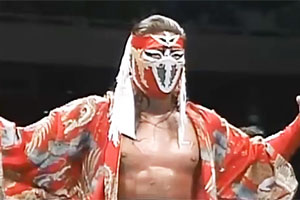
Legendary Japanese wrestler, Hayabusa, dead at 47 from a subarachnoid hemorrhage
1968-2016 (Age 47)
Eiji Ezaki gained fame in professional wrestling as Hayabusa, a hard-hitting junior heavyweight who became the heart and soul of Japan’s Frontier Martial Arts Wrestling (FMW).
Hayabusa pioneered high-flying moves in wrestling, but sadly, saw his wrestling career cut short due to a high-flying move gone wrong.
A Boy with Many Dreams
Eiji Ezaki was born in Kumamoto-shi, Kumamoto Prefecture, Japan on November 29, 1968.
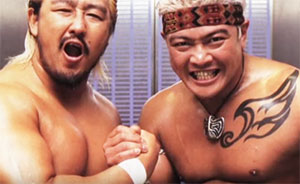 He began watching wrestling as a young boy and was intrigued by masked wrestler Mil Mascaras. However, like many kids, his interests changed like the weather. Ezaki sought to become a baseball player, but found himself lacking on the diamond. Baseball was then replaced by a pursuement into judo. Along the way, he began weight-training, adding muscle to his body. With a bigger frame, Ezaki began to consider the life of a professional wrestler, and it wasn’t long before he would hit the squared circle.
He began watching wrestling as a young boy and was intrigued by masked wrestler Mil Mascaras. However, like many kids, his interests changed like the weather. Ezaki sought to become a baseball player, but found himself lacking on the diamond. Baseball was then replaced by a pursuement into judo. Along the way, he began weight-training, adding muscle to his body. With a bigger frame, Ezaki began to consider the life of a professional wrestler, and it wasn’t long before he would hit the squared circle.
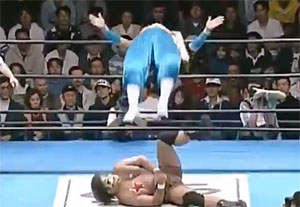
Hayabusa hits a springboard moonsault – the same move that would leave him paralyzed in the years ahead.
On November 2, 1987, Ezaki worked his first match, competing in Kumamoto with a group of aspiring wrestlers. From there, he hit Japan’s indie circuit, hoping to catch a break into the big leagues.
Eventually, Ezaki was given a try-out at Frontier Martial Arts Wrestling’s FMW Dojo.
Ezaki competed with 40 other would-be wrestlers, becoming one of two who were accepted into the dojo. Ezaki began a grueling process training in FMW. FMW would become known for its brutally violent stipulation matches such as the No Ropes Exploding Barbwire Deathmatch and the No Ropes Exploding Barbed Wire Time Bomb Cage Deathmatch.
Ezaki survived the FMW Dojo, but his career had a long way to go before he established himself as a star.
In 1991, Ezaki made his rookie debut in FMW, and like most rookies, spent the majority of his matches putting over opponents.
In 1993, FMW’s founder Atsushi Onita sent him to Mexico to learn the lucha libre style. There, he developed his Hayabusa (which means “Falcon”) character, traveling in 1994 for the Super J Cup tournament, but returning to Mexico for further seasoning.
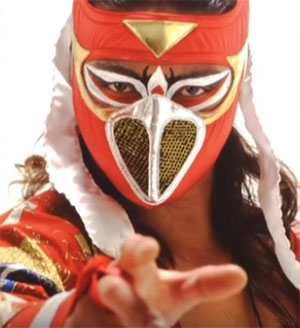
The Heart and Soul of Frontier Martial Arts Wrestling
In 1995, Hayabusa returned to FMW where the promotion began grooming him to become its franchise player.
While fans were reluctant to get behind Hayabusa, he won them over with his heart and his Phoenix Splash, eventually becoming the company’s ace. His finisher the Falcon’s Arrow helped him get over even more, and Hayabusa gained an international reputation among his peers as one of the most incredible performers.
Hayabusa’s appearance in Extreme Championship Wrestling in late ’98 gave U.S. fans a chance to witness his excellence:
The combination of FMW’s brutal matches and Hayabusa’s high-risk maneuvers led to him having to change his in-ring style to more of a mat-based game. Consequently, he retired his Hayabusa character, transforming into “H”. He also developed another character known as “Darkside of H” entertaining fans in any identity. Eventually, Ezaki returned to his Hayabusa character.
Hayabusa was at the top of his game when he suffered an in-ring accident on October 22, 2001 that left him paralyzed during a main event match at Tokyo’s Korakeun Hall. Hayabusa was going for a quebrada (better known to WWE fans as Chris Jericho’s “Lionsault”) when he slipped on the rope and broke his neck. WARNING: video is not for the faint of heart:
His battle to survive was only beginning as he faced various health woes including kidney failure and pneumonia.
Hayabusa dropped from 232 pounds down to 127 pounds as his body wasted away. He was forced to retire from in-ring competition at the age of 32 – but his career entertaining fans was far from over.
Rebuilding His Life
Undaunted by his career-ending injury, Haybusa worked hard to rebuild his life.
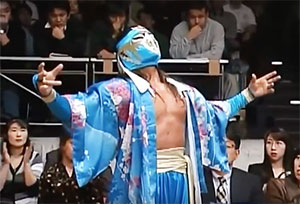 A return to the ring was out of the question so he promoted Wrestling Marvelous Future (or “WMF”), a promotion whose initials were the reverse of FMW.
A return to the ring was out of the question so he promoted Wrestling Marvelous Future (or “WMF”), a promotion whose initials were the reverse of FMW.
Hayabusa also spent time in the Dragon Gate promotion, leading to the recording of an album with Dragon Kid. His musical career saw him release several other albums.
Hayabusa also performed in the play “The Shinichi Amano Story” in 2005, playing a wheelchair-bound World War II pilot.
Hayabusa’s Death
Amazingly, Hayabusa had gained some mobility six months before his death:
Unfortunately, the signs of improvement were short lived.
On March 3, 2016, Hayabusa unexpectedly passed away.
According to Tokyo Sports, Haybusa’s cause of death was due to a subarachnoid hemorrhage – bleeding of the brain.
It is possible to survive a subarachnoid hemorrhage if treated quickly, but Hayabusa lived alone so there was no one available to contact emergency services. He had been scheduled to sing at a local tavern later during the week and when he didn’t show up for a meeting, the tavern owner checked on him, discovering his dead body.
Up until his death, the Japanese legend was taking blood thinners to prevent a heart attack – common in people whose mobility is limited.
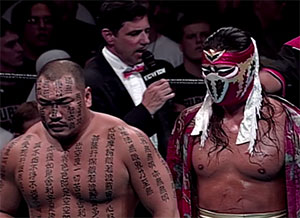
Hayabusa makes an appearance at ECW’s 1998 ‘Heatwave’ pay per view, teaming with Jinsei Shinzaki (Hakushi from his WWF days). photo: wwe.com
Had he survived, it is believed his health would have quickly declined.
Hayabusa was 47 years old at the time of his passing. He was survived by his mother, his brother Takanori, and Hayabusa’s two daughters Ayane and Shie.
Hayabusa’s body was cremated and his ashes given to his mother for storage in a shrine at her home.
Hayabusa’s Legacy
Hayabusa left a tremendous legacy for both wrestlers and wrestling fans.
During his career, Hayabusa helped to popularize the 450 Splash and the Falcon’s Arrow, as well as inventing the move known as the Phoenix Splash (aka the 450 Corkscrew Splash).
Hayabusa’s style was considered far ahead of its time and his passing saw wrestlers such as A.J. Styles, Finn Balor, Samoa Joe, Tommy Dreamer, Bubba Ray Dudley, Neville, Sami Zayn, and Kenny Omega heaping accolades on Twitter.
What are your favorite memories of Hayabusa? Be sure to leave them in the comments section below.

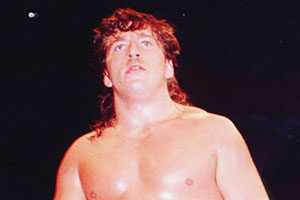
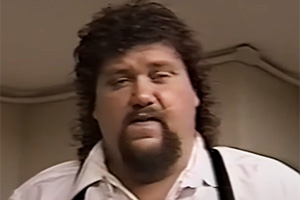
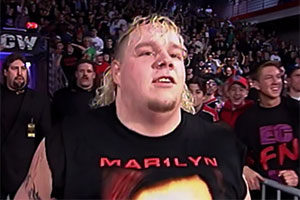
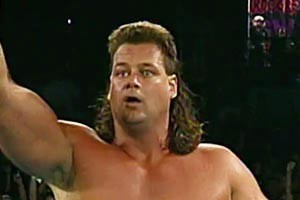
Leave a Reply